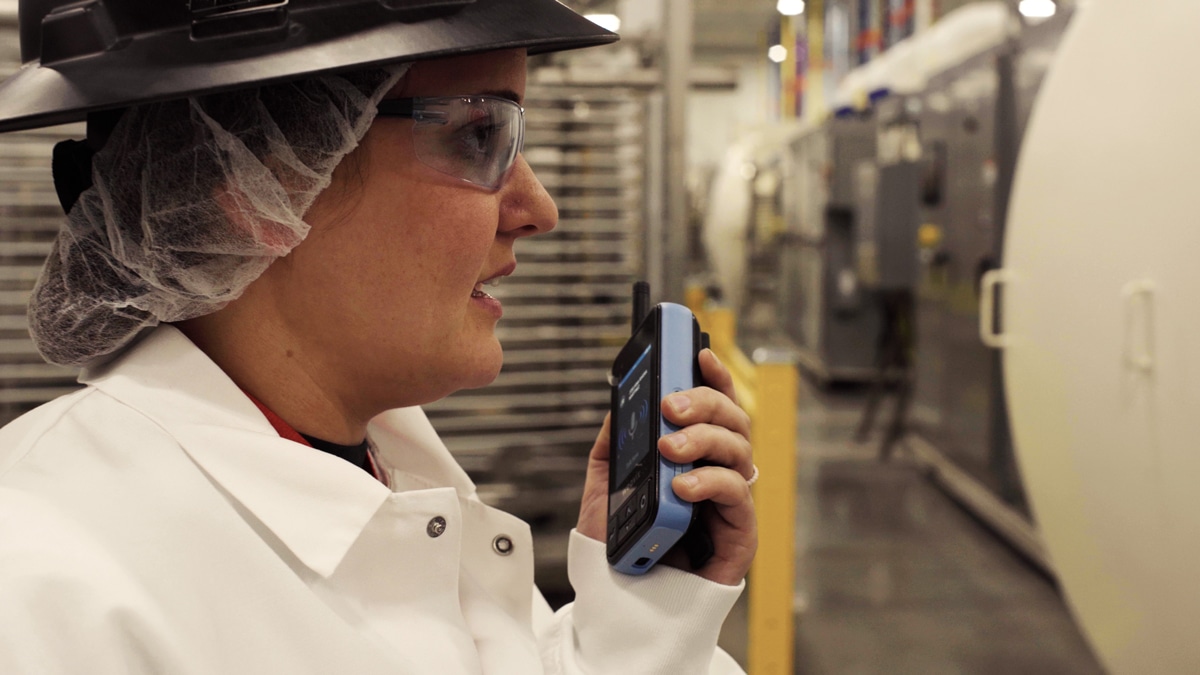It was late Thursday afternoon at a major automotive-parts manufacturing plant in Michigan. A CNC boring machine had been running through its normal cycle on engine cylinder blocks, but during routine inspections, a maintenance technician missed that one of the cutting tools had worn down. The frontline workers assigned to the station didn’t notice the declining quality until they heard unusual noises from the equipment, followed by vibration as the system automatically shut down, leaving a partially completed engine block and bringing the assembly line to a halt.
Key highlights:
- A worn CNC tool at a Michigan plant went unnoticed due to slow, hierarchical communication, causing equipment shutdown, production delays, and millions in losses.
- Rigid command structures create bottlenecks, delaying responses, worsening quality issues, and overloading supervisors while leaving workers idle.
- These hierarchies also heighten safety risks, as delayed or mistranslated communication during emergencies can turn preventable incidents into disasters.
- Smart radios with real-time translation flatten communication, speed response times, empower workers, and improve safety, productivity, and employee retention.
Following protocol, the CNC machinists needed to find a supervisor, but none were in the area. Without a radio, workers scattered to locate a manager to report the issue. By the time someone with authority assessed the situation, the damage was done. While the manufacturing plant had sufficient inventory to maintain shipments in the short term, the boring machine would be down for days and potentially require replacement, resulting in millions of dollars in lost productivity and depleting the planned inventory buffer.
These incidents illustrate a costly reality plaguing manufacturing facilities worldwide. The traditional command-and-control communication structure, designed for clarity and accountability, often becomes a bottleneck that turns minor issues into major financial losses. When language barriers intersect rigid hierarchies, the problem compounds, creating safety risks and production delays that directly impact profitability.
Hidden Costs of Hierarchy
The financial impact of hierarchical communication extends far beyond isolated equipment failures. When direct labor must wait for supervisor approval to address emerging issues, production lines continue operating with rigid and suboptimal parameters, compounding problems and degrading output quality.
Information bottlenecks create challenging conditions for quality control. Critical data about process variations, material inconsistencies or equipment performance often gets filtered or delayed as it moves through organizational layers. By the time decision-makers receive actionable intelligence, defect rates may have already increased significantly.
Supervisor dependency represents another hidden drain on productivity. When every operational adjustment requires managerial approval, unskilled workers must wait for direction on a given task while the few skilled technicians become overloaded with work. This bottleneck effect multiplies during shift changes, supervisor absences or peak production periods, when decision-makers become overwhelmed with approval requests.
Beyond financial losses, hierarchical communication structures pose serious safety risks that can have devastating consequences. Emergency situations demand immediate response, yet traditional chain-of-command protocols often delay critical safety communications. When a worker observes a potential hazard or equipment malfunction, the time required to escalate through supervisory layers can mean the difference between preventing a catastrophe and one occurring.
Language barriers amplify these safety risks exponentially. When workers cannot effectively communicate safety concerns in real time, or when emergency instructions must be translated through intermediaries, precious seconds are lost. In manufacturing environments where accidents unfold in milliseconds, communication delays become matters of life and death.

Breaking Down Barriers
Modern smart-radio technology distributed universally to frontline workers offers a path forward, enabling direct operator-to-operator communication that bypasses traditional hierarchical bottlenecks. When any frontline worker can communicate instantly with maintenance teams, quality specialists or safety coordinators, response times drop from minutes to seconds. This direct communication model transforms how manufacturing facilities operate, allowing expertise to flow horizontally across departments rather than vertically through management layers.
Artificial intelligence-powered translation capabilities within these systems unlock the full potential of diverse workforces. Workers can communicate complex technical information in their native languages while colleagues receive real-time translations, eliminating the communication gaps that have historically marginalized non-English speakers. This innovation in smart technology creates more inclusive work environments where every team member can contribute their expertise effectively.
Flattened communication structures also improve workplace culture and retention rates. When employees feel heard and empowered to communicate directly about operational issues, job satisfaction increases and turnover decreases, thereby reducing the costs associated with recruitment and training cycles.
The true cost of maintaining rigid communication hierarchies extends beyond immediate financial losses to encompass reduced competitiveness and organizational agility. Tomorrow’s manufacturing leaders must envision fully orchestrated operations where information flows freely across all levels, enabling rapid decision-making, accountability and continuous improvement. The question isn’t whether to eliminate communication barriers, but how quickly manufacturers can implement technologies that unlock their workforce’s full potential.
This article originally appeared in Advancedmanufacturing.org. Reprinted with permission.
 Kevin Turpin
Kevin Turpin 
